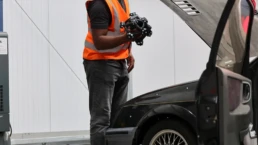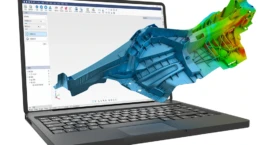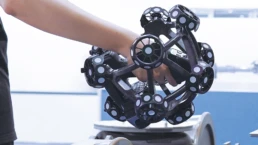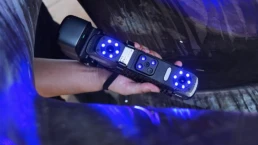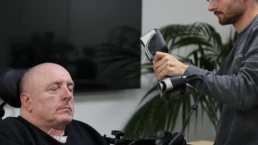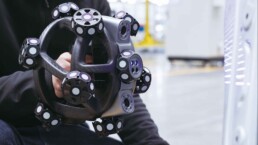
You may not have heard of a Scottish Standing Stone. However, this particular 21-foot-tall stone is considered the “tallest and most complex piece of early medieval sculpture” in Scotland, featuring “narrative depiction of a battle as well as what has been interpreted as a royal inauguration” according to 3DPrint.com, and has just been digitally preserved using 3D scanning.
Despite dating back to the ninth or tenth century, and being expected to stand strong over the floodplains of the Mosse and Findhorn for many years to come, Historic Environment Scotland (HES) decided to use 3D scanning to capture and digitally preserve the detail engraved into the stone’s surface for further inspection. This ensures that even as the physical stone deteriorates, its current form will be preserved in detailed scans.
Using 3D Scan Data for Research
The great thing about 3D scanning objects of this nature, is that the detail captured allows researchers to see things that are not as visible to the naked eye. Dr Lyn Wilson from HES explained this to 3Dprint.com, describing how they could “digitally enhance the data and change light sources, which helps bring out detail on carved stones that is particularly worn”… it helps us to interpret these stones better”. Now that the scans are complete, HES are hopeful to uncover previously hidden secrets about Sueno’s Stone and learn more about its purpose and history as currently, very little is known about it.
They are also open to the prospect of creating virtual reality experiences or creating modal replicas to aid education surrounding the stone and its history moving forwards, in schools and beyond.
Photogrammetry with 3D Scanning
The stone was scanned over the course of three days using photogrammetry and laser scanning, as part of a wider project called the Rae Project. It presented its own challenges to the team producing the scans, particularly because of its sheer size, and the fact that it is contained within a glass box as a result of previous preservation efforts. To overcome this, the HES team used “a novel telescopic camera system to be able to capture the highest details”.
The Rae Project was launched in 2011, and aims to “digitally scan and record a number of sites associated with Dr John Rae” according to the John Rae Society’s website.
T3DMC have worked on a number of similar Reverse Engineering projects like this one. We also have the capability to work in remote locations using our portable 3D optical scanning equipment which can scan very large scale parts so if you have any similar applications, please get in touch as we would be delighted to talk with you about your projects
Original story and imagery from:
Recent news posts


